Amazon’s newest automation plan could change the future of warehouse work forever.
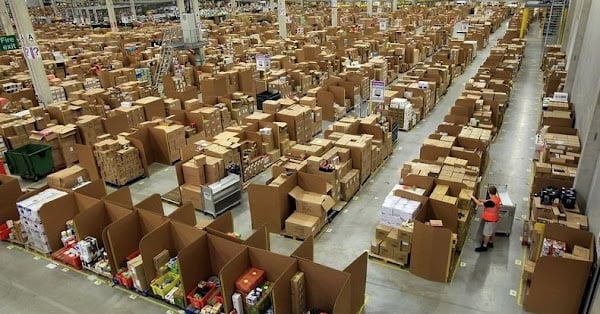
Amazon has announced an ambitious expansion of its robotics program, signaling plans to replace up to 600,000 human workers with automated systems. The company insists it’s about “efficiency and innovation,” but critics see something more unsettling—the beginning of a massive workforce shift that could reshape retail employment worldwide.
The move reflects a growing trend among global corporations: prioritizing technology over people, efficiency over security, and profit over long-term stability.
1. The company says robots will increase efficiency and safety.
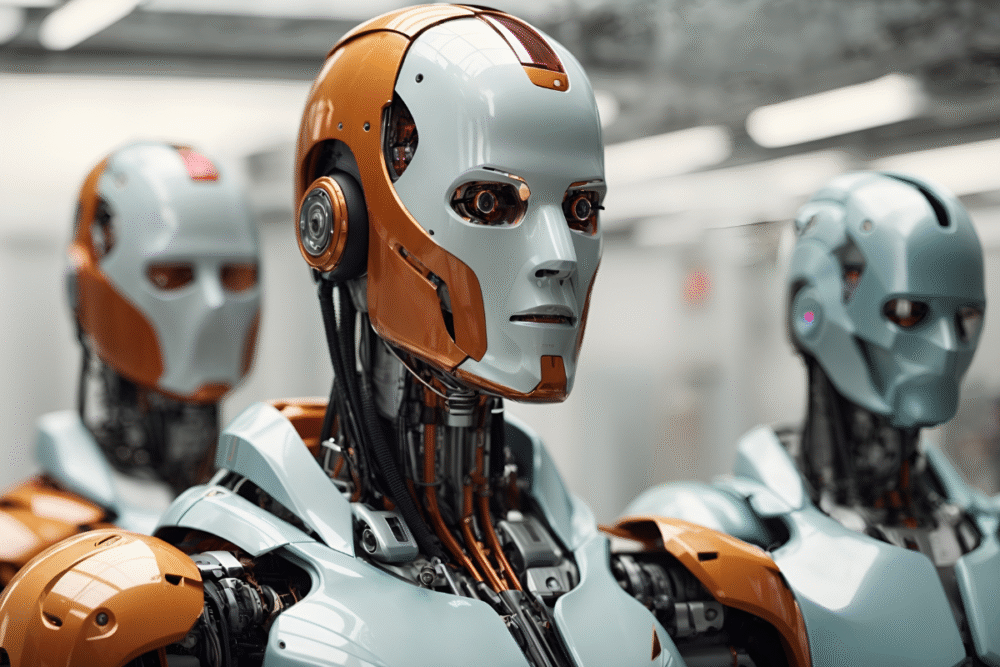
Amazon executives claim automation will make warehouses faster and safer by eliminating repetitive, injury-prone tasks. Robots can sort, lift, and move heavy packages with precision, operating nonstop without breaks or fatigue. It’s the ultimate dream for efficiency-driven logistics—but it also raises big questions about the value of human labor in modern supply chains.
In theory, replacing people with robots sounds practical. In reality, it strips away the flexibility and creativity that humans bring to problem-solving. Machines can follow commands perfectly but struggle with unexpected scenarios—something Amazon workers face daily. The result might be smoother operations, but at the expense of adaptability and humanity in the workplace.
2. Hundreds of thousands of warehouse jobs are at risk.
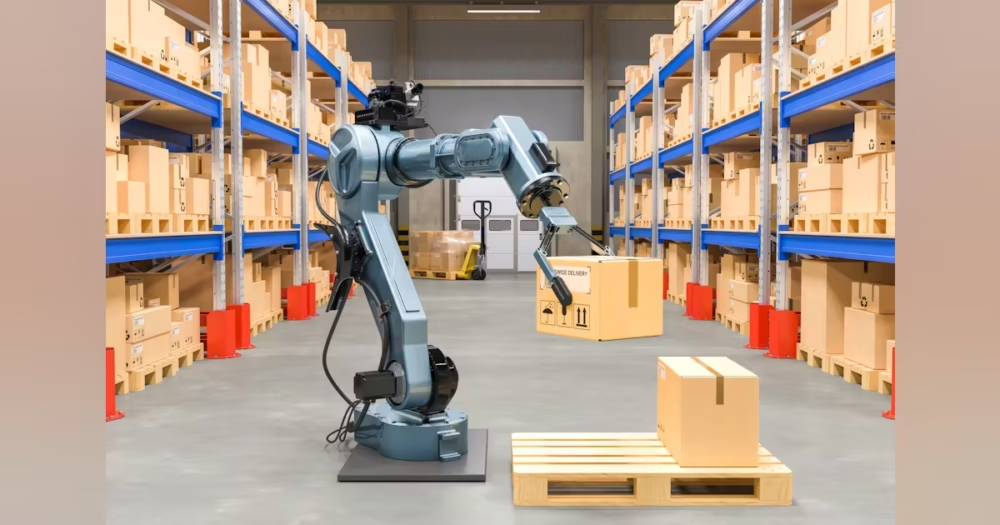
The numbers are staggering. Amazon currently employs over a million warehouse and fulfillment workers across the globe, and internal reports suggest nearly 600,000 roles could be replaced or reduced in coming years. These aren’t just seasonal workers—they include full-time employees who have built careers around logistics and operations.
For many, Amazon’s warehouses have been a lifeline in uncertain economies. The shift to automation threatens to upend entire communities that rely on these jobs. Economists warn that mass layoffs in such a concentrated sector could ripple outward, affecting housing markets, small businesses, and even local tax bases.
3. Robots like “Digit” and “Proteus” are already on the floor.
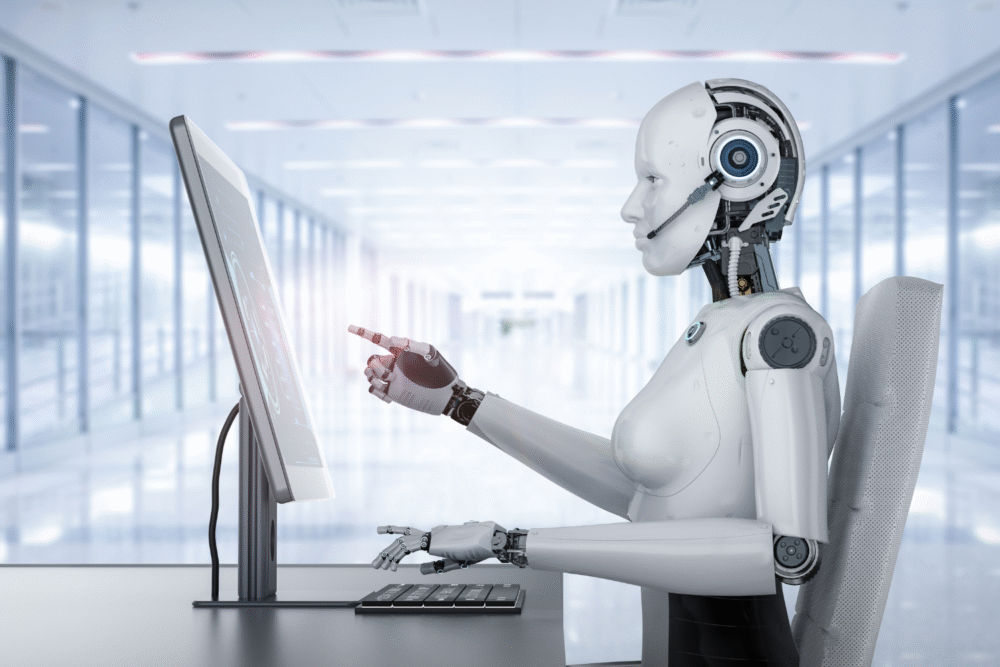
Amazon’s robotic workforce isn’t a future concept—it’s already in motion. Robots named “Digit” and “Proteus” are being tested in fulfillment centers across the U.S. These machines can navigate warehouses, pick items off shelves, and even move independently alongside human staff. Amazon describes them as “collaborative,” but their expanding role suggests something more permanent.
As these machines prove their reliability, the company is expected to scale production rapidly. Once robots can operate 24/7 without error or pay, the incentive to keep human workers declines sharply. It’s an efficiency dream for management—but a nightmare for anyone hoping to keep a job on the warehouse floor.
4. Executives insist automation won’t cause layoffs.

Amazon’s leadership has gone on record claiming the shift won’t result in “immediate job losses,” arguing instead that robots will “augment” workers by handling repetitive tasks. They point to retraining programs and new tech-based opportunities emerging within the company. On paper, it sounds optimistic—almost reassuring.
But industry experts remain skeptical. Every wave of automation has followed the same pattern: a few short-term reassignments, followed by widespread redundancy. Retraining only benefits a fraction of the workforce, while most workers face downsizing or reassignment to lower-paid positions. It’s a familiar story dressed up in corporate optimism.
5. The move highlights growing inequality in tech-driven industries.

Automation doesn’t just replace jobs—it deepens the divide between those who build machines and those who are replaced by them. Highly skilled engineers, coders, and robotics designers will continue to thrive, while the hourly workers who power fulfillment centers face diminishing returns. It’s a reshuffling of opportunity that favors the few and leaves the many behind.
The irony is that the very workers making Amazon profitable today may soon be outpaced by the systems their labor helped perfect. As one analyst put it, “the robots aren’t stealing jobs—they’re inheriting them.” That perspective underscores how uneven the future of labor could become.
6. Consumer convenience continues to drive automation.

Every time customers expect faster deliveries or cheaper prices, companies like Amazon feel pressured to streamline operations further. Robots are the perfect answer—they never sleep, never strike, and never ask for benefits. The faster consumers demand results, the more companies justify replacing humans to meet those expectations.
It’s a cycle that rewards instant gratification while eroding the human foundation behind it. Most shoppers never think about the people—or lack thereof—fulfilling their orders. But each package arriving in record time carries a hidden cost: the slow disappearance of real workers behind the system.
7. Labor unions are preparing for a showdown.
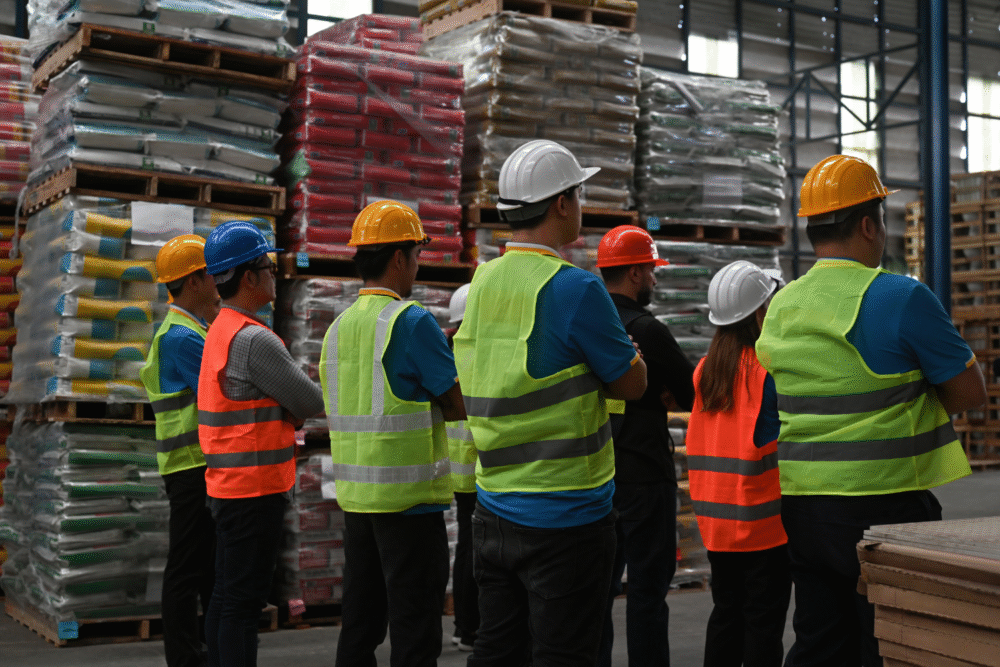
Amazon’s history with labor unions has always been tense, and this development could reignite the fight. Worker organizations across the U.S. and Europe are already calling for protections, citing automation as an existential threat to job stability. They’re demanding guarantees that displaced workers receive retraining, compensation, or placement in new roles.
Amazon, however, has shown little interest in negotiating on those terms. As automation expands, the company gains even more leverage against organizing efforts. Robots don’t unionize, take breaks, or demand higher pay—and that’s part of the appeal. The coming years could define a new chapter in labor relations.
8. The shift could reshape the future of global employment.
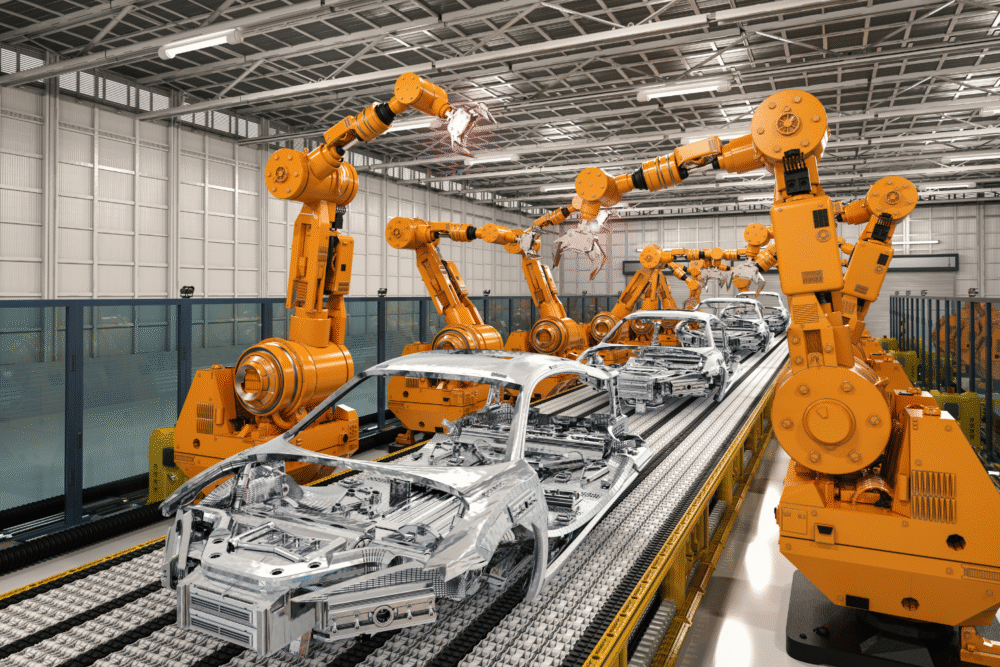
Amazon’s decision doesn’t just impact its own workforce—it sets a precedent for the entire logistics and retail industry. Competitors will feel pressure to follow suit, automating faster to stay competitive. If one company can replace hundreds of thousands of workers with machines, others will soon see it as the new normal.
Experts say this shift may mark the beginning of a new industrial revolution—one defined not by human labor, but by algorithmic efficiency. It’s efficient, it’s profitable, and it’s inevitable. But it also raises a larger question about the kind of world we’re building when progress comes at the expense of people.
